For decades, 500 Wilderness Study Areas in the West have awaited individual acts of Congress to resolve how they should be managed, and those closest to the land are finally helping to make the call—wilderness or something else?
When archery hunter Harvey Dalton drew a coveted bighorn sheep tag for the Dubois Badlands in Wyoming, he knew he was in for a hunt of a lifetime. After all, he’d been applying and collecting preference points for 40 years before drawing the tag.
Unlike most bighorn hunting units where it takes hours in the saddle or on foot to get into the backcountry of rugged northwest Wyoming, the Badlands has plenty of road access. But it certainly wasn’t flat hiking further into the steep draws where sheep are often tucked away. The sweat equity Dalton put in over four weeks made connecting with a big ram even more meaningful, but he was troubled by evidence of ATV and dirt bike use he saw in areas where there should have been none.
Unfortunately, while the Dubois Badlands remains a Wilderness Study Area—one of more than 500 parcels of public land across the West set aside decades ago as potential wilderness—there continues to be confusion from public land users, and even land managers, about what kinds of activities are allowed there.
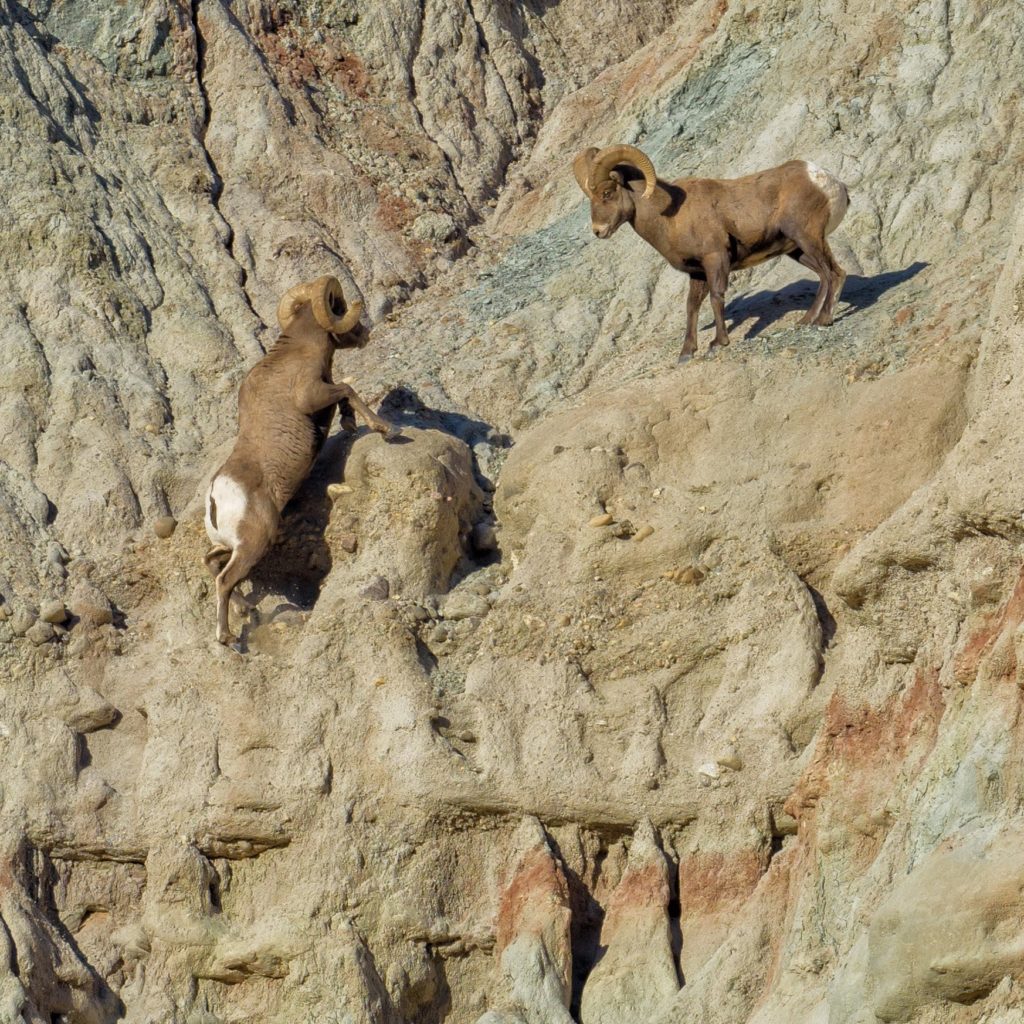
What Is a Wilderness Study Area?
In 1976, legislation directed the Bureau of Land Management to inventory undeveloped public land for areas that could be managed as wilderness, for the opportunities to find solitude or pursue traditional outdoor recreation. This resulted in almost 13 million acres identified as Wilderness Study Areas, but they weren’t meant to stay in limbo forever. It takes an act of Congress to change the status of these areas, by either designating them as wilderness or releasing them to be managed for other uses, so the process of reaching a final resolution has been slow—as in decades long.
Wyoming has yet to resolve any of its 42 Wilderness Study Areas encompassing 570,000 acres, including the Dubois Badlands. Sportsmen and others are hoping to finally make some progress through the Wyoming Public Lands Initiative—a process where stakeholders, including the public, can weigh in on how the land ought to be managed and make recommendations to legislators.
From Local to Legislation
Here is how the WPLI works: Counties have the option to join the initiative and develop citizen advisory committees made up of hunters, ranchers, energy industry representatives, and other public land stakeholders. Committees listen to public comment and data from agencies, spend time on the ground, and work to reach recommendations for whether Wilderness Study Areas in their county should be designated wilderness, released to be managed for multiple-use, or given some other type of designation. Recommendations from across the state go to elected officials and, if all goes according to plan, eventually become law. It’s no simple task.
This collaborative, local approach has worked well in other Western states. Nevada has been a leader in addressing Wilderness Study Areas since the 2000s—compromises came out of the counties and eventually resulted in bipartisan bills from Congress that struck a balance between conservation and development needs. Some of these efforts were successful within just a few years; others took public land users on a decades-long rollercoaster ride.
It was always worth it, but it had to be done thoughtfully, one study area at a time. One-sided proposals that either designate all areas as wilderness or release all of them get introduced in almost every legislative session—and die as fast as an antelope shot through the heart.
In fact, right now in Wyoming, proposed legislation that would release many of Wyoming’s Wilderness Study Areas is causing confusion and could undermine the work that locals have accomplished through WPLI.
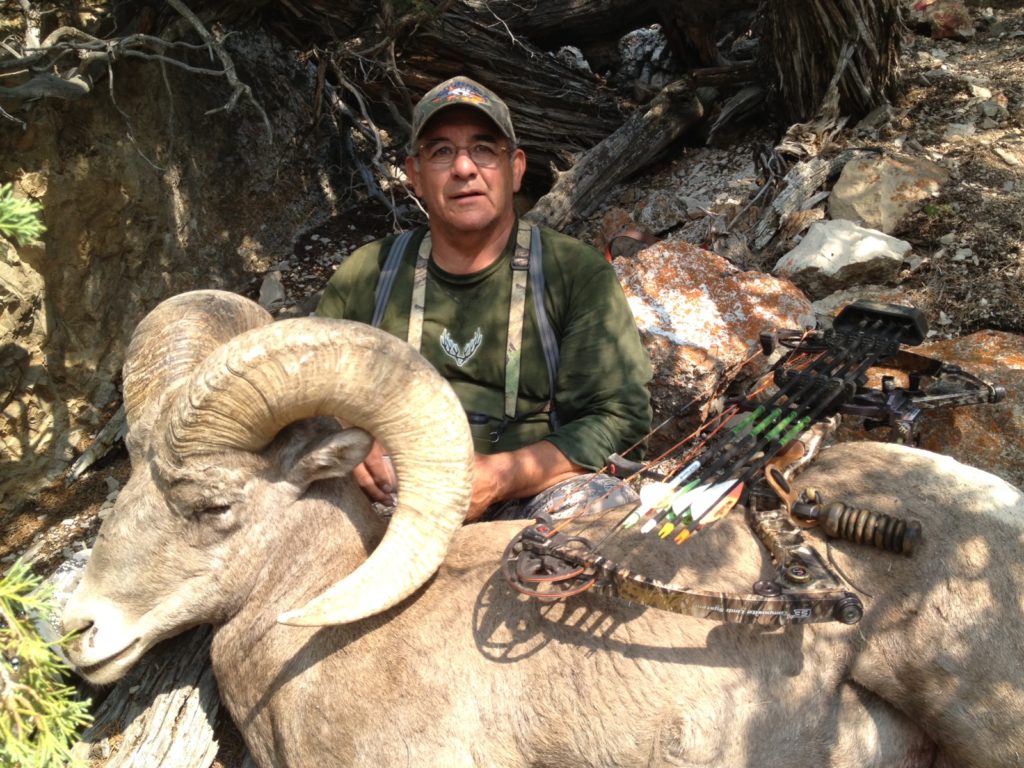
More Than Lines on a Map
While we currently know them as Wilderness Study Areas, these are also the places where we’ve enjoyed epic fishing with friends, camping in remote canyons with more deer sign than human tracks, or the sheep hunt of a lifetime. These areas matter and we owe it to them to follow through on what we started in 1976. The WPLI effort is an opportunity to clarify the future management of these lands and provide certainty to all who rely on them.
This is why the TRCP is representing sportsmen on the Fremont County committee and collaborating with our local partners—like Bowhunters of Wyoming, where Dalton serves as vice president—in other counties to finally resolve the status of these public lands. We want to make sure that the best possible path forward for management of fish and wildlife is clear, not confusing, and that areas like the Dubois Badlands continue to provide quality backcountry hunting and fishing opportunities.
But we can’t do it alone. Sportsmen and women are some of the most active users of our public lands and, as such, perhaps some of the most knowledgeable about current conditions. We also have a lot at stake in management changes. If you want to share your input with the WPLI committees or attend a meeting, learn more here.
You can also encourage our decision makers to advocate for responsible management of public lands, especially through initiatives that bring locals to the table, by signing the Sportsmen’s Country petition. It’s our latest effort to safeguard public-land hunting and fishing opportunities by not only keeping public lands public, but also keeping them well-managed. Help us get to 10,000 signatures this year!
Top photo courtesy of Bill Sincavage @jakeysforkwyoming.

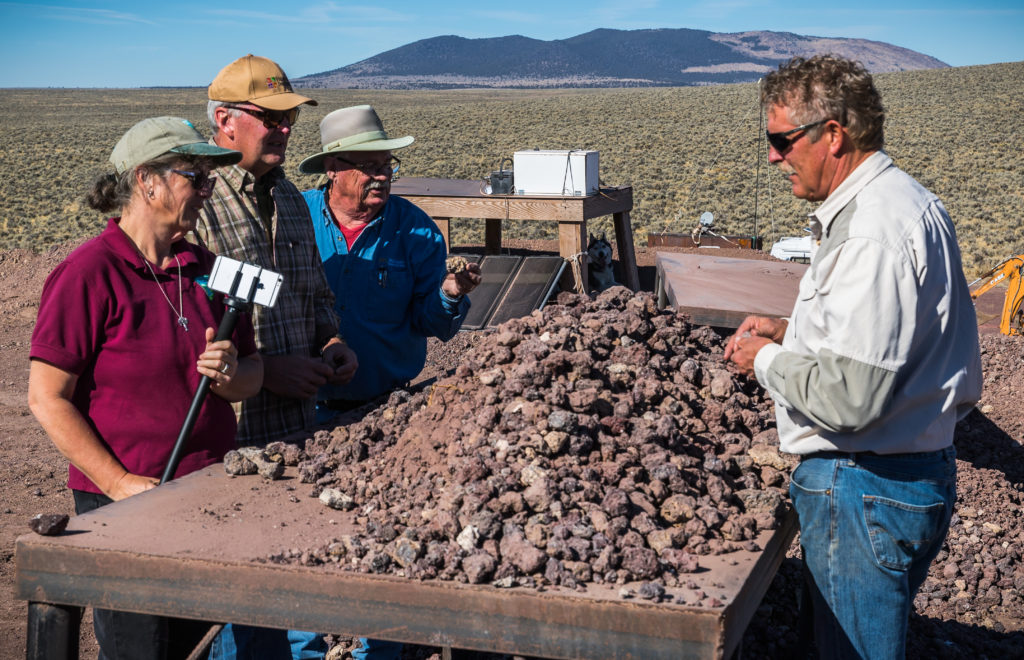
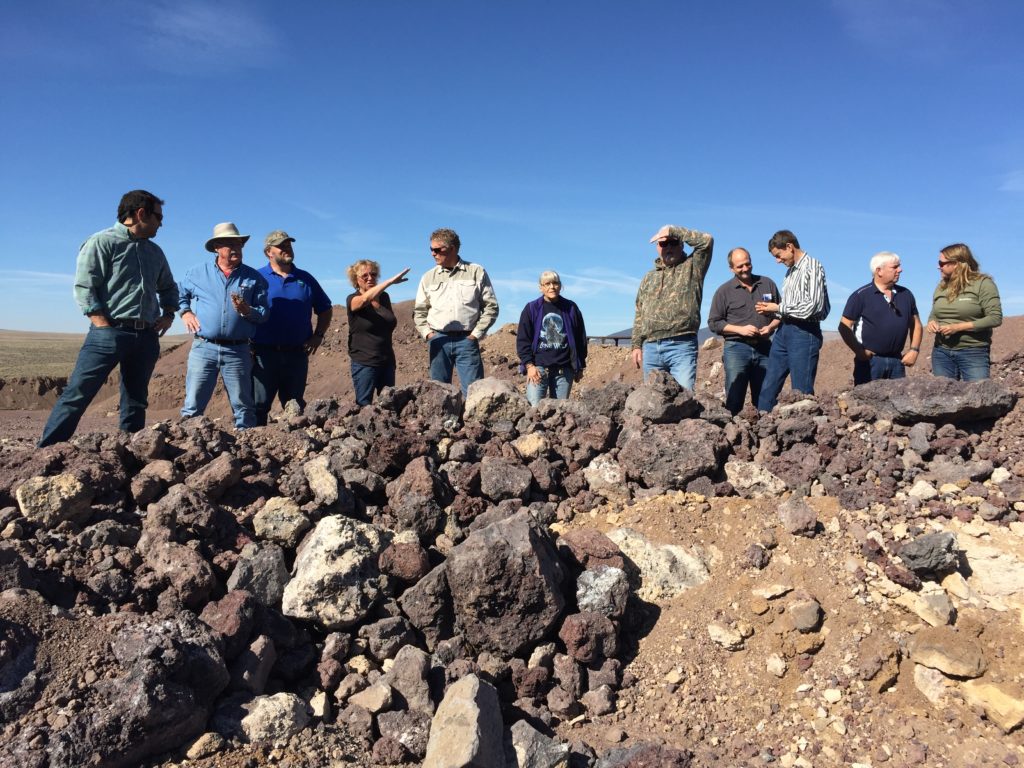
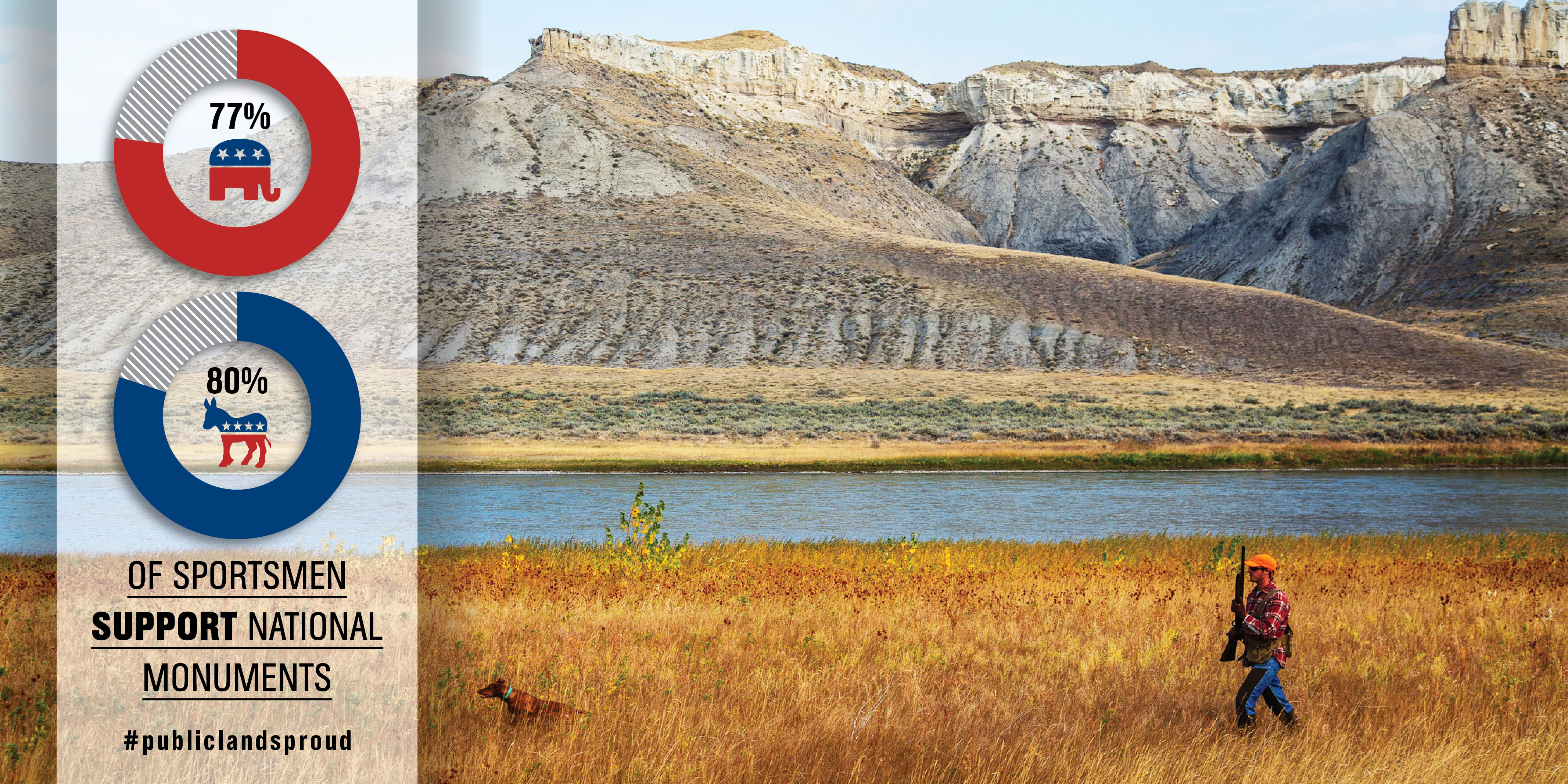
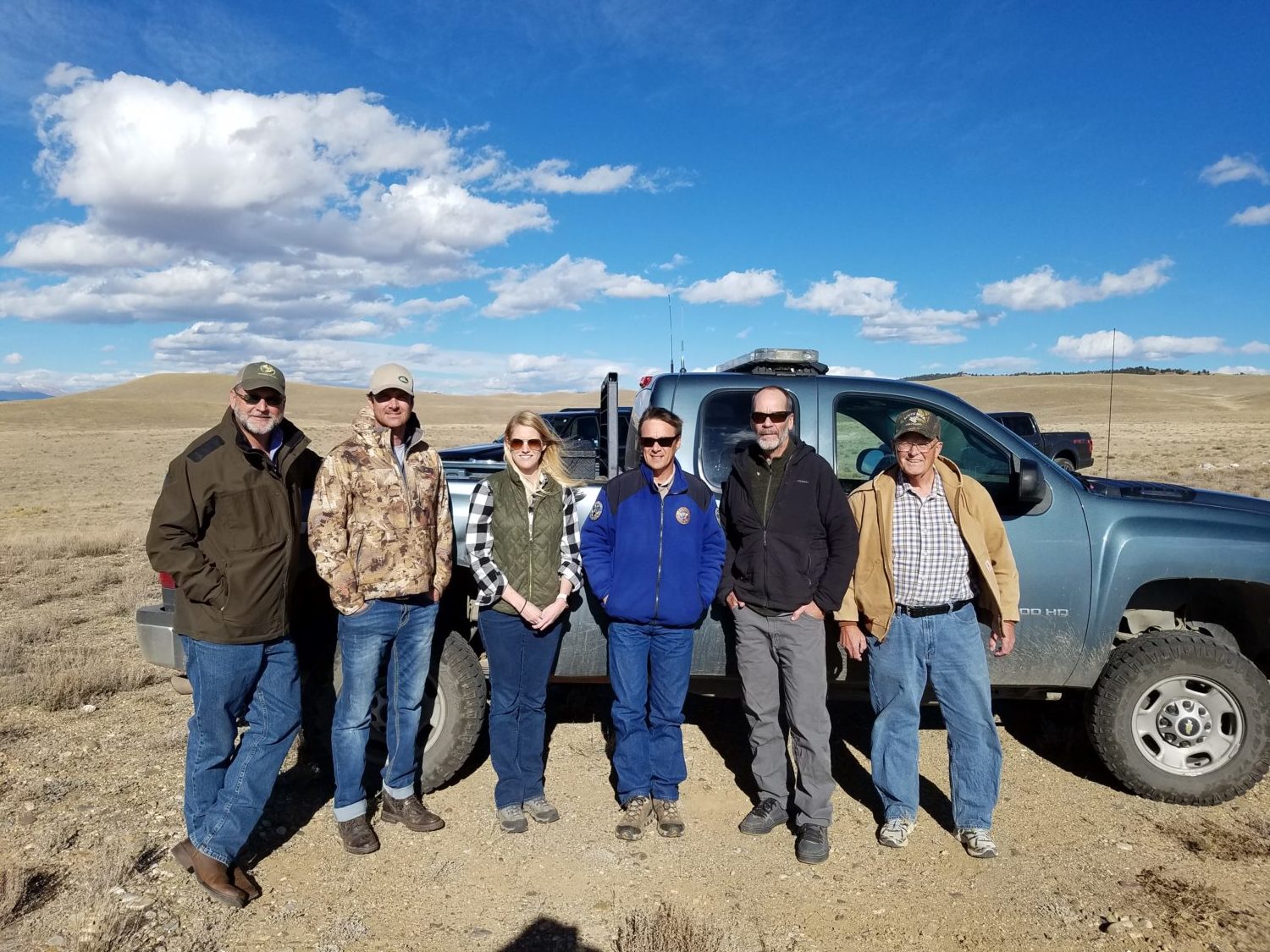




I am 52 years old and live in New Mexico I have slowly watched our way of life come under attach . I wish our government would make more area wilderness we owe it to our kids and the wildlife I am willing to do whatever I can to help
I love the Wyoming back country, but would never support making more wilderness area until the laws are changed. As it stands, non residents can’t hunt wilderness area without a guide. By supporting this measure, as a nonresident, I would be unable to hunt huge areas of land that are currently accessible to DIY hunters like myself.
This is why federal government overreach frustrates me. This takes conservation to the extreme end. I’m with you on that.
I don’t think that’s the federal gov’t at work, I think it’s a regulation of Wyoming’s that requires out of state hunters have a guide.
Thanks for sharing your thoughts on the guide law Chuck. I didn’t bring it up in the blog because I thought the topic was complicated enough without layering that on top. But we are trying to figure out a solution. And Darrin, the guide law Chuck is referring to is a state law, not federal.
Nice work Nick
As a long term Wyoming resident my perspectives may differ than many others in this state. These areas are extremely special in my opinion and they aren’t making any more of them. While what they name their final designation, to me it is important that we maintain their current values as roadless and nonmotorized. In my humble opinion, motorized recreation has the vast majority of the state where they can play and we should reserve these areas for wildlife, quiet and solitude, something that many people need more of.